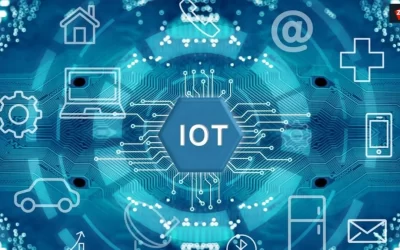Cybersecurity
Cybersecurity refers to the practice of protecting computer systems, networks, devices, and data from unauthorized access, misuse, damage, or theft. It involves implementing measures and adopting best practices to prevent, detect, and respond to security threats and vulnerabilities in the digital realm.
Importance of Cybersecurity:
- Data Protection: Cybersecurity helps safeguard sensitive and valuable data, including personal information, financial records, intellectual property, and trade secrets. By implementing security measures, organizations can prevent unauthorized access and data breaches.
- Privacy Preservation: Cybersecurity helps protect individual privacy by ensuring that personal information remains confidential and is not exploited or misused by malicious actors.
- Business Continuity: Organizations rely on their digital systems to operate efficiently. Cybersecurity measures, such as backup and recovery solutions, help prevent disruptions and ensure business continuity in the face of cyber threats.
- Intellectual Property Protection: Cybersecurity is crucial for organizations that develop and store proprietary information, trade secrets, and intellectual property. By safeguarding these assets, companies can maintain their competitive advantage.
- Reputation Management: A cybersecurity incident can lead to significant reputational damage for businesses and individuals. Implementing robust security measures helps maintain trust and credibility with customers, partners, and stakeholders.
Common Cybersecurity Threats:
- Malware: Malicious software, including viruses, worms, Trojans, ransomware, and spyware, can compromise systems, steal data, or disrupt operations.
- Phishing and Social Engineering: These tactics involve tricking individuals into revealing sensitive information or performing actions that compromise security. Phishing typically occurs through deceptive emails, while social engineering exploits human vulnerabilities to manipulate people into divulging information.
- Data Breaches: Unauthorized access to sensitive data, either due to weak security controls or targeted attacks, can lead to significant privacy breaches and financial loss.
- Distributed Denial of Service (DDoS) Attacks: These attacks overwhelm a target system or network with a flood of incoming traffic, rendering it inaccessible to legitimate users.
- Insider Threats: Employees, contractors, or individuals with authorized access to systems can intentionally or inadvertently cause harm by misusing privileges or leaking sensitive information.
Best Practices for Cybersecurity:
- Strong Passwords and Authentication: Use complex passwords and enable multi-factor authentication to protect accounts from unauthorized access.
- Regular Software Updates: Keep software, operating systems, and applications up to date with the latest security patches to address vulnerabilities.
- Employee Training: Educate employees on cybersecurity best practices, including recognizing phishing attempts, using secure Wi-Fi networks, and reporting suspicious activities.
- Network Security: Implement firewalls, intrusion detection and prevention systems, and secure Wi-Fi protocols to protect networks from unauthorized access.
- Data Encryption: Encrypt sensitive data to protect it from unauthorized access or interception.
- Regular Backups: Maintain regular backups of critical data to mitigate the impact of data loss or ransomware attacks.
- Incident Response Plan: Develop a comprehensive plan to respond to cybersecurity incidents, including steps for containment, investigation, recovery, and communication.
- Continuous Monitoring: Deploy security solutions that provide real-time monitoring and threat detection to identify and respond to potential threats promptly.
It’s important to note that cybersecurity is an ever-evolving field, and it requires ongoing efforts to adapt to new threats and technologies. Organizations and individuals should stay informed about the latest security practices and collaborate with cybersecurity professionals to ensure effective protection against cyber threats.



